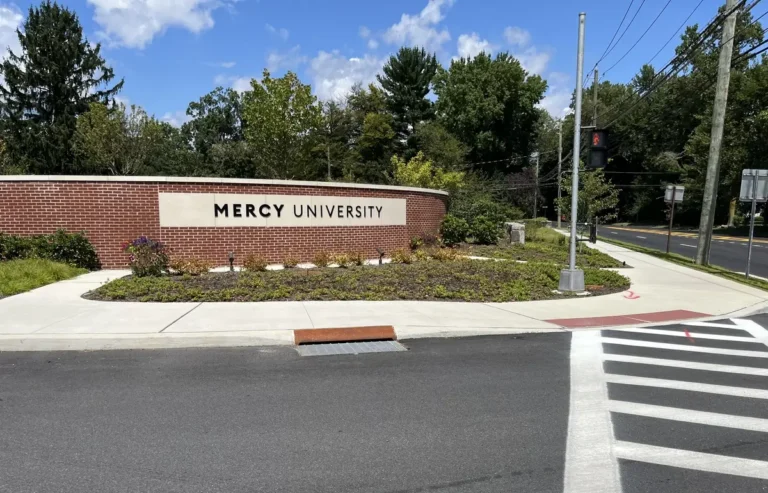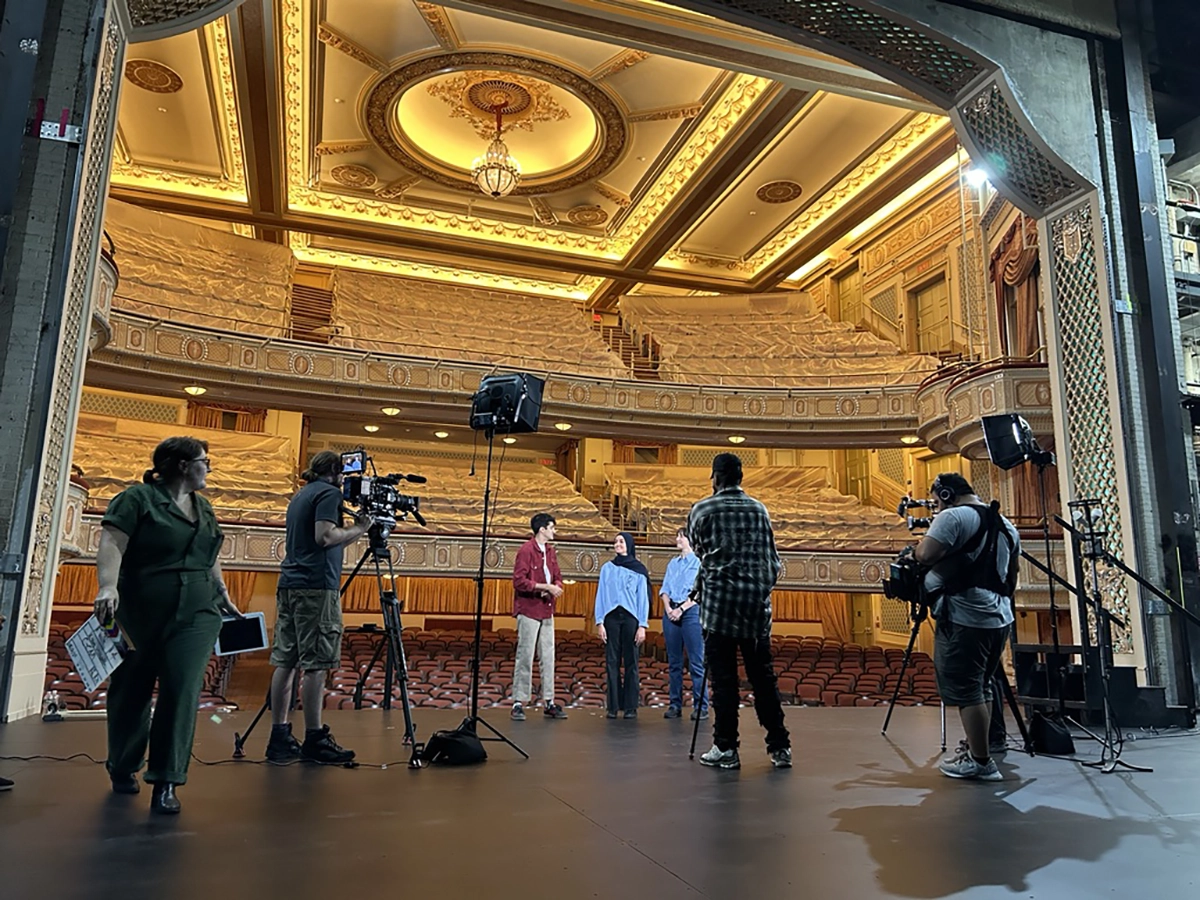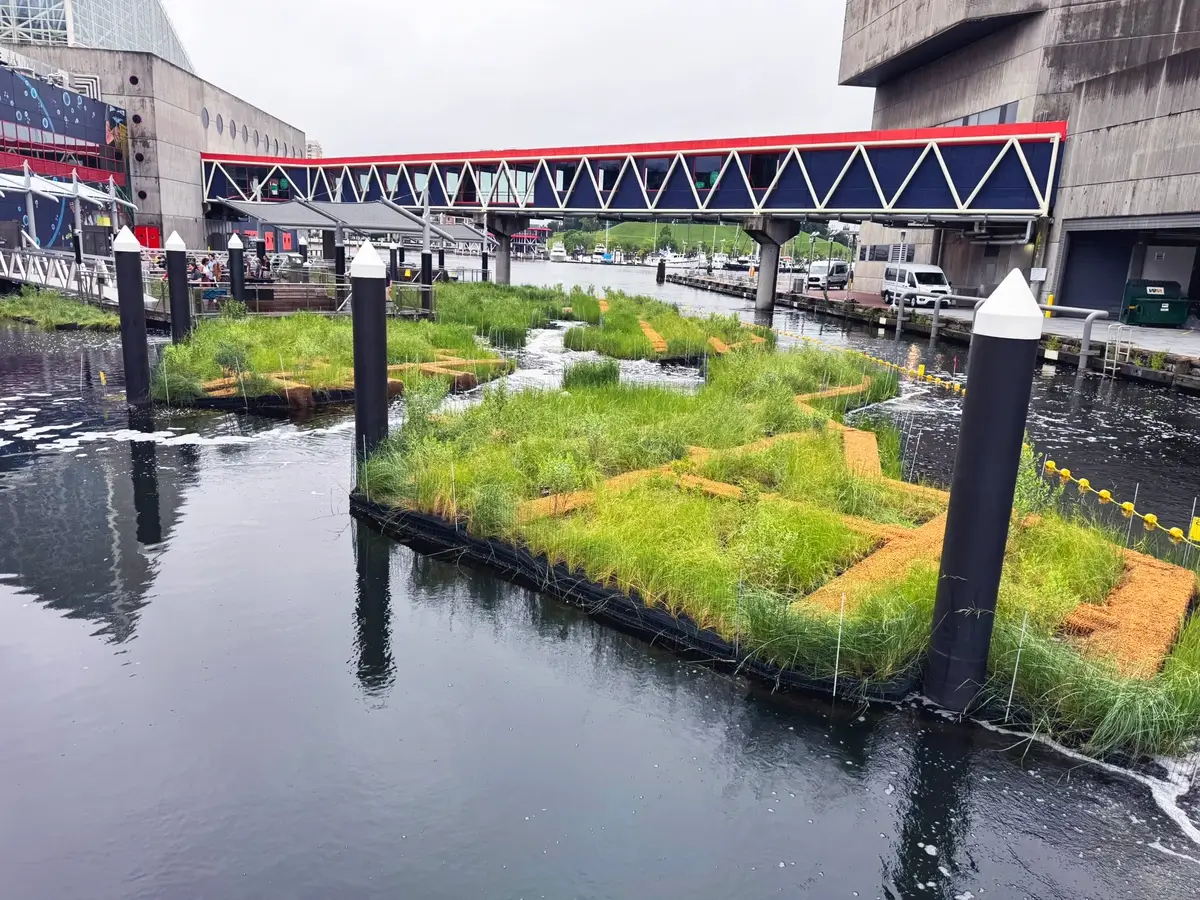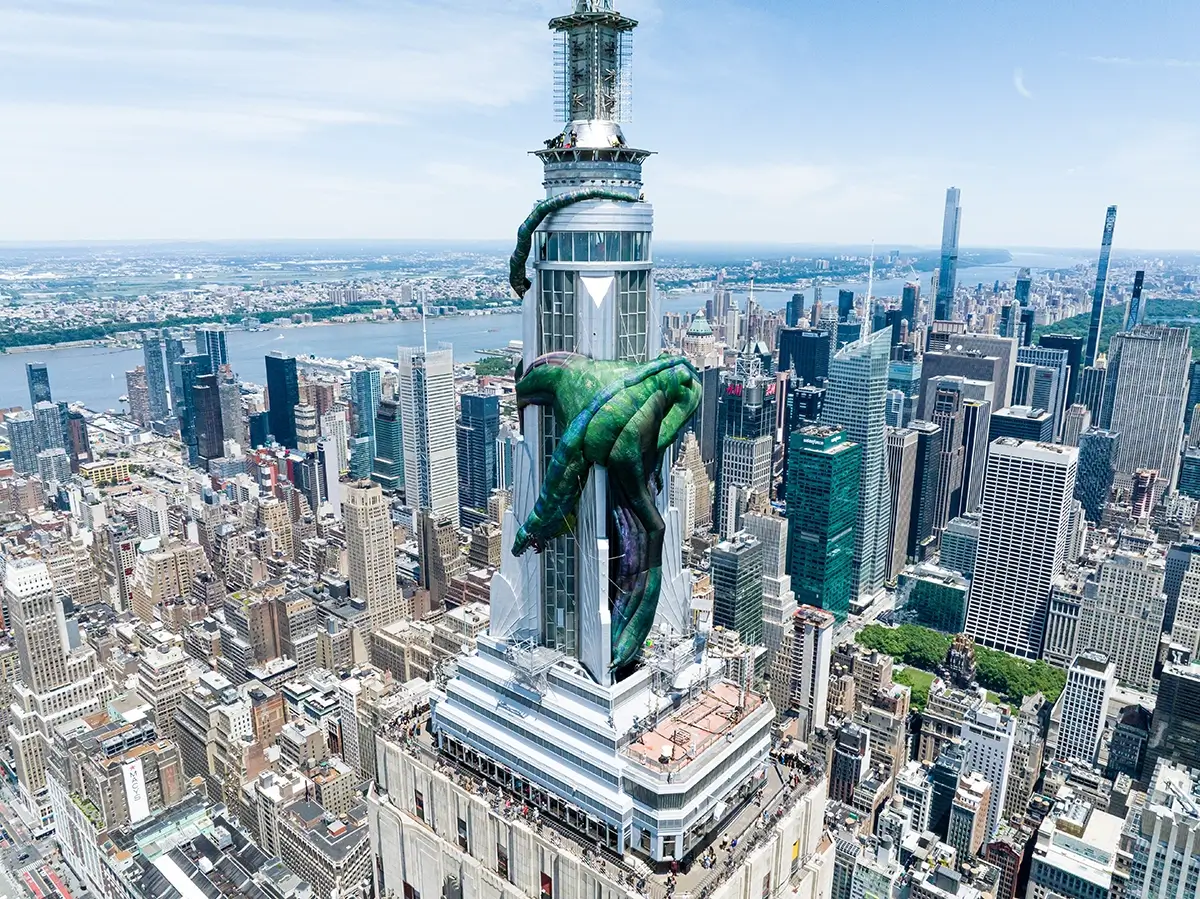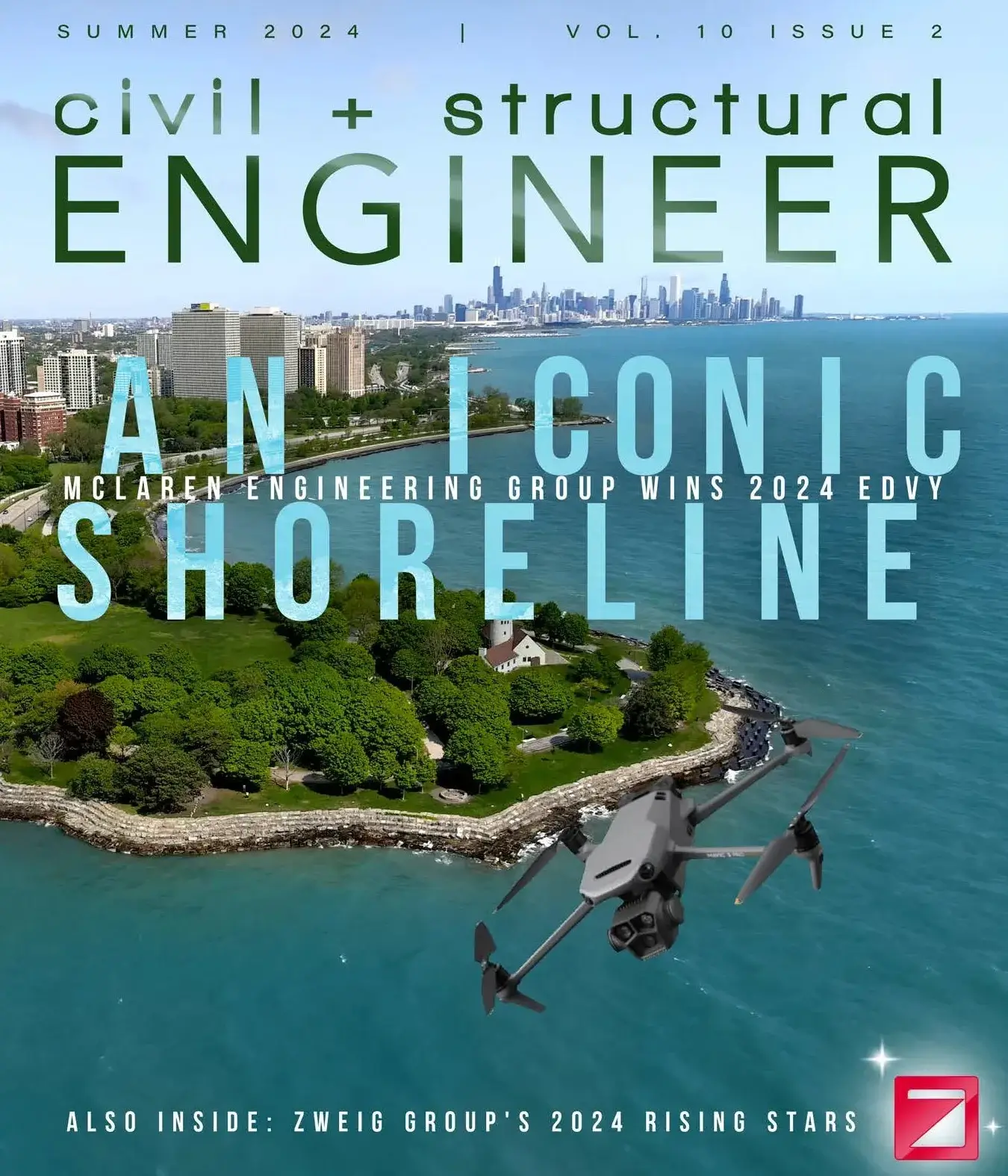In a landmark decision, the International Code Council (ICC) Board of Directors has ushered in a new era of safety, awareness, and operational criteria for temporary structures with its certification of crucial changes to the International Building Code (IBC). The forthcoming 2024 edition of the code will feature provisions that will reshape the landscape of regulations governing temporary structures, particularly those used by the entertainment industry for public assembly and live events.
These alterations not only address long-standing gaps in safety standards used by professionals and public officials involved in the design and management of these temporary structures but also signify a strengthened emphasis on ensuring the well-being of event attendees. The benefits of these changes extend beyond the implementation of new regulations for structural design and use to also include the newly heightened awareness, improved coordination, and sharing of responsibilities between the International Fire Code (IFC) and the IBC.
While temporary structures encompass a wide range of applications, this article specifically concentrates on their utilization for live events and related entertainment industry uses.
A Historical Gap In
Temporary Structure Regulations
Historically, the IBC lacked a comprehensive set of regulations specifically tailored to temporary structures, exposing a crucial gap in safety and practical use requirements within the entertainment industry.
Prior editions of the IBC contained very limited provisions for temporary structures. IBC Sections 108 and 3103 defined “temporary” as less than 180 days and briefly touched on conformance to the code, permit requirements, construction documents, location regarding fire safety, and means of egress. IBC directed users to the IFC for temporary tents, umbrella structures, and other membrane structures.
IBC stated that the building official is authorized to issue a permit for temporary structures, which shall conform to IBC requirements “as necessary to ensure public health, safety, and general welfare.” This meant that any relief in the code-prescribed design loads and use of temporary structures was up to the discretion of the authority having jurisdiction.
As a result, the application of design criteria was vastly different from location to location depending on the judgment of the building official, some of whom required strict adherence to the building code, while others allowed the use of more relaxed industry standards or their own opinions about what loads and use conditions would be acceptable. For example, City ‘A’ may require full hurricane wind loading on an event structure erected for three days, while the neighboring City ‘B’ may only require a modest wind load and a weather action plan for the same event. To make matters more challenging, some jurisdictions issue permits for special event structures through building code enforcement, while others issue permits through fire safety enforcement. Such large discrepancies had made it difficult to plan a temporary event, particularly a touring event, and produced vastly inconsistent outcomes in terms of safety.
This oversight became increasingly apparent as the popularity of outdoor entertainment events and public assemblies surged. The absence of dedicated regulations for design requirements left event organizers, designers, and engineers grappling with a lack of guidance on critical matters such as structural integrity and stability and usage parameters for temporary structures.
The entertainment industry in the U.S. started developing its own technical standards in 1996 when the Technical Standards Program (TSP) was established by the Entertainment Services and Technology Association (ESTA). ESTA is an ANSI-accredited Standards Development Organization and has produced dozens of important technical standards that have been approved as American National Standards.
A key standard pertaining to temporary special event structures is ANSI E1.21, which was first approved and published in 2006 as “Entertainment Technology – Temporary Ground-Supported Overhead Structures Used to Cover the Stage Areas and Support Equipment in the Production of Outdoor Entertainment Events.” Updated in 2013 and again in 2020, this standard was expanded to address a broader range of structures and retitled “Entertainment Technology – Temporary Structures Used for Technical Production of Outdoor Entertainment Events.” This standard is notable in that it contains provisions for using reduced environmental loads and for incorporating operations management plans (OMP) into the management of temporary structures to ensure safety, including weather-related safety (i.e., action plans). While the scope of the standard excludes structures occupied by the general public, the OMP concept has been utilized for various temporary events at the discretion of event operators and building officials.
The entertainment industry received a notable jolt in 2011 with the weather-induced collapse of a stage structure at the Indiana State Fair. In response to this tragedy, a wide variety of industry professionals created the Event Safety Alliance (ESA) to proactively promote “life safety first” for live events, using the British Event Safety Guide (HSG195) as a model. This group rapidly produced a guide tailored for the U.S. market, which introduced many improved practices for the industry. Ultimately, ESTA and ESA worked together to harmonize efforts and develop a series of new ESTA standards. One such standard now referenced in section 3103.8 of the 2024 IBC and in the upcoming revision of E1.21 is ANSI ES1.7 “Event Safety Requirements – Weather Preparedness.” Another complementary standard is ANSI ES1.19, “Safety Requirements for Special Event Structures.”
While the entertainment industry was developing all these standards, few had been adopted as law by States or cities, so they remained voluntary. A few places, such as New York City and the Commonwealth of Kentucky, developed their regulations for temporary special event structures inspired by provisions in the ESTA standards.
It is important to note that the 2018 IFC included notable changes to Chapter 31 by adding a section on temporary special event structures, which references E1.21. This change set into motion the subsequent revisions in the IBC.
Key Aspects of the New IBC Provisions
for Temporary Structures
While the lack of in-depth provisions for temporary structures in the IBC has been acknowledged for a long time, in response to the new 2018 IFC provisions for temporary special event structures, the 2021 IBC cross-referenced these temporary structures back to IFC.
Then, a notable milestone occurred in 2019 when a group led by several building officials proposed significant changes during ICC hearings to the temporary structures section of IBC. Members of ESTA’s Technical Standards Program attended these ICC meetings in a show of support and engaged in discussions with the authors of the proposed change. While the change was not approved in 2019, it planted the seeds for the 2022 IBC ad hoc committee that developed proposed changes.
These changes have been approved for the 2024 IBC and include the modifications to Section 108, “Temporary Structures, Equipment and Systems,” Section 202, “Definitions,” Chapter 16, “Structural Design” Sections 1608, 1609, 1612, 1613, 1614, and 1615, and Section 3103, “Temporary Structures.” Key aspects of the code changes pertain to definitions, loads, and actions.
A temporary structure is still defined as a structure erected for a period of 180 days or less; however, the code now includes detailed criteria and provisions for extending the use period beyond 180 days. It is important to note that Section 3103.1 of 2024 IBC indicates that temporary special event structures, tents, umbrella structures, and other membrane structures erected for less than 180 days shall also comply with the IFC.
The code introduces a new, important concept in defining a public-occupancy temporary structure as any “… building or structure erected for a period of one year or less that serves an assembly occupancy or other public use.” The implication is that temporary structures “serving an assembly occupancy” are required to have the same level of reliability and performance as permanent structures.
The reliability of a temporary structure relates to several factors in the 2024 IBC, including:
- Service life, which allows a reduction in snow and wind loads for temporary structures that have a cumulative service life less than or equal to 10 years since the probability of the maximum environmental load occurring is less than for a permanent structure with a lifespan of 50 years or more.
- Defined Risk Category, which affects the factor in the table of reduced snow and wind loads.
- Allowance of weather seasons to be considered in determining environmental loads.
- Allowance of seismic loads to be reduced by multiplying the calculated value by a factor of 0.75.
- Actions to mitigate risks to occupants prior to a large environmental load occurring on the site. Public-occupancy temporary structures can take advantage of controlled occupancy procedures, which must follow the operations management plan of ANSI E1.21 and weather preparedness of ANSI ES1.7, as well as the emergency action plan requirement stipulated in the new code Section 3103.8.
Each of these factors allows temporary structure design environmental loads to be reduced below those used for permanent structures, based on achieving a similar level of reliability.
The code provisions allow snow and ice loads to be neglected if the temporary structure is not used in a cold weather environment. In addition, the code allows the design wind speed to be reduced to a specified value based on the Risk Category in hurricane-prone locations outside of hurricane season.
If controlled occupancy procedures are implemented, then the ground snow load and design wind pressure may be reduced by multiplying each value by a factor of 0.65.
The code includes provisions for installation and maintenance inspections of temporary structures assembled using transportable and reusable materials, citing provisions in ANSI E1.21.
The code also includes a provision allowing a registered design professional to use live loads that are lower than those prescribed in IBC Table 1607.1 if such reductions are rational and can be warranted. An example of utilizing this provision would be in a purpose-built performance stage, in which certain areas have designated uses that are subject to lower loads than a code-defined stage.
Additionally, the new code contains an important distinction that has previously not been addressed. It affirms temporary non-building structures or temporary structures not occupied by the general public (“ancillary structures”), which are in the vicinity of areas accessible by the public or a public-occupancy temporary structure, pose similar hazards to the general public as the public-occupancy temporary structure. As a result, these ancillary structures are required to have the same Risk Category and occupancy load as a public-occupancy temporary structure and, therefore, the same environmental load conditions and limitations. Section 3103.6 of 2024 IBC defines the applicable “vicinity” as “…within a radius equal to 1.5 times the height of the temporary non-building structure” to areas occupied by the general public.
A Vision for Change:
Collaborative Efforts
The newfound collaboration and alignment between the IFC and the IBC signify a significant shift towards a more comprehensive approach to public safety, particularly in the realm of temporary structures. Members of ESTA’s Technical Standard Program, including this article’s author, played a pivotal role by actively engaging with the ICC ad hoc committee responsible for developing the proposed code changes. Their involvement extended beyond mere participation, as they provided invaluable feedback on drafts and offered recommendations for specific code provisions. This collaboration between industry experts and regulatory authorities fostered an environment of mutual understanding and acceptance of the underlying principles.
Furthermore, the ICC ad hoc committee’s composition, including both code officials and individuals affiliated with subcommittees of ASCE 7 Minimum Design Loads and Associated Criteria for Buildings and Other Structures, underscores the commitment to a multidisciplinary approach. These committee members are not only focused on refining code requirements but are also actively planning to contribute to developing a new Appendix to ASCE 7 dedicated to addressing the unique challenges posed by temporary special event structures. This initiative reflects a forward-thinking perspective, recognizing that standards need to evolve in tandem with one another.
ESTA’s Rigging Working Group, responsible for developing ANSI E1.21, recognized the need to harmonize their standards with the upcoming 2024 IBC provisions. This conscientious effort culminated in an upcoming revision to ANSI E1.21, which includes changes related to determining environmental forces. These changes are designed to align seamlessly with the applicable provisions outlined in Chapter 3103 of the 2024 IBC, effectively bridging the gap between industry-specific standards and regulatory requirements.
This collaborative endeavor represents a paradigm shift in the industry’s approach to public safety concerning temporary structures. It places a heightened emphasis on proactive measures, risk mitigation strategies, and a comprehensive understanding of the unique challenges posed by various event scenarios. The industry’s dedication to a well-coordinated approach ensures that safety is not just a matter of compliance but a shared responsibility that transcends codes and regulations, ultimately enhancing the overall safety, reliability, and predictability of temporary structures in live events and beyond.
Conclusion
The certification of meaningful changes to the International Building Code for temporary structures represents a significant milestone for temporary structures used for public assembly and live events. This collaboration amongst the ICC, ASCE committee members, and ESTA’s Rigging Working Group, as well as the alignment between the IFC and IBC, signify a more comprehensive approach to public safety, focusing on proactive measures, risk mitigation, and a deeper understanding of temporary structure challenges across various event scenarios. This synergy enhances safety protocols and cultivates a culture of diligence and preparedness within the industry, benefiting event attendees, organizers, public officials, and professionals. By prioritizing structural reliability, design integrity, and usage parameters, these provisions improve public safety and enhance the quality of event planning and execution. As the industry embraces these changes, attendees and professionals can look forward to more immersive and memorable experiences at outdoor entertainment events.
- Posted on:

